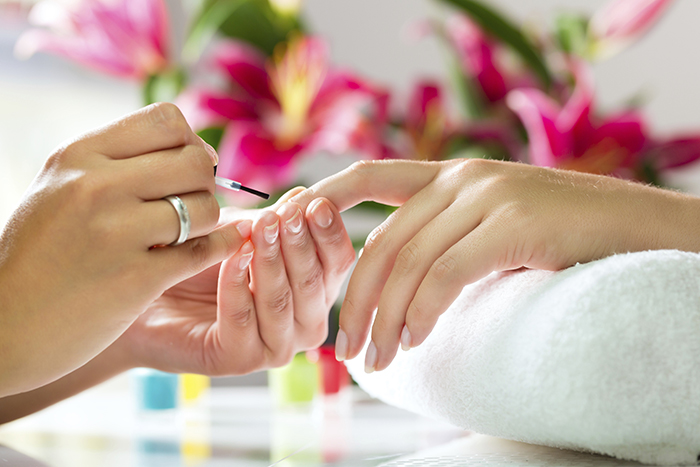Recently The New York Times published a devastating investigative report about New York manicurists that left many nail care lovers feeling terrible about a service they considered a pleasure.
Discover: 10 tricks to do your nails yourself
The report revealed that many women were suffering serious long-term health consequences as a result of chemical nail products.
Additionally, manicurists were not being paid minimum wage, were not being paid their dues, and were often living in cramped quarters while working incredibly long hours.
If you thought this was a problem exclusive to manicures in NY, the sad reality is that this situation is suddenly happening in many places, including Brazil. Today, we’ve rounded up 5 signs that your manicure isn’t as professional as it seems. Take note.
More: Find out how to put together a nail kit
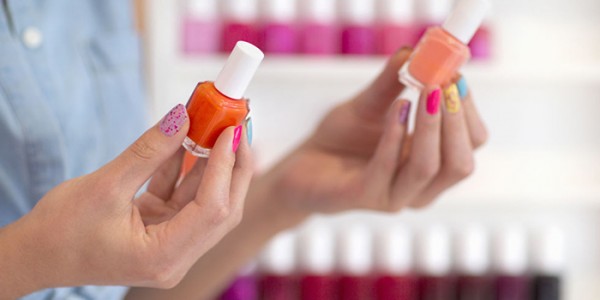
1. Your manicurist doesn’t wear masks or gloves
Nail polishes can contain what are known as the trio of toxic chemicals: formaldehyde (which causes cancer), DBP (which causes health damage) and toluene (which causes neurological damage).
Discover: Homemade nail polish step by step
To protect yourself from the effects of these chemicals and other harmful ingredients found in nail polish removers and glues, for example, manicurists must wear masks and gloves. Furthermore, the work is more hygienic this way.
Discover: The ideal nail polish for each sign
2. There is no ventilation system or any fans in the salon where your manicurist works
If you can smell the strong smell of nail polish and every other product your manicurist uses, something is wrong.
Whenever you notice this, ask an employee to turn on the ventilation system, the fans or, at least, open the doors to increase ventilation.
See: 5 infallible tips to have strong nails
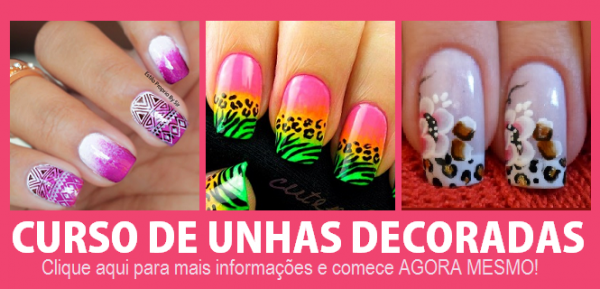
3. Bottles or jars are left open
Whether it’s acetone or nail polish, if bottles or jars of these products are left open by your manicurist, this means that all their substances are being disseminated into the air, increasing health risks.
Discover: 5 tips to solve common nail problems
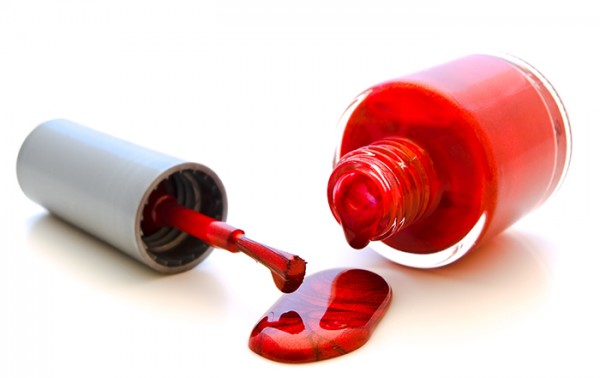
4. Your manicurist does not use non-toxic products
DBP is already banned from use in cosmetics in the European Union and formaldehyde is following suit. In Brazil, the number of non-toxic products that your manicurist can use is increasing.
3-free, 4-free or 5-free products do not pose any risk to the health of the nails or the body as a whole and are used more and more frequently. Ask your manicurist to renew your stock and suggest this type of product.
See: Get the foundation right and achieve perfect nails
5. There are more manicurists serving customers than there are licenses on display
Licensing requirements vary by state, but always be aware. If you notice that there are many more manicurists working than licenses on display in the salon, there is probably a labor problem at the location that you are unaware of.
See: 5 home treatments to strengthen your nails
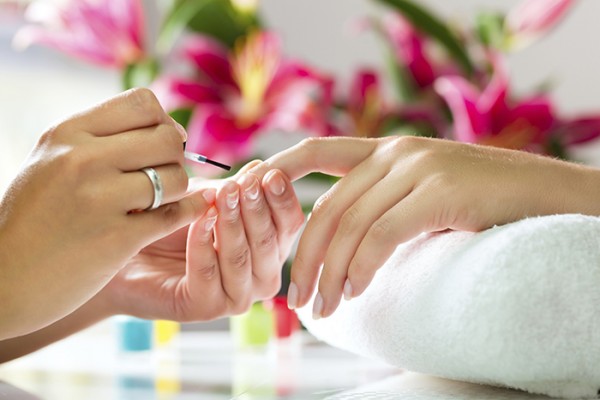
How to feel more confident with your manicure
We’ve put together some extra tips to make you feel safer when visiting your manicurist. Check out:
- Ask your manicurist to use disposable sandpaper (or always bring your own sandpaper).
- If you are going to leave a “tip”, leave it directly in the hands of your manicurist.
- Establish a relationship of trust between you and your manicurist.
- If the salon is carrying out good practices, tell all your friends. This will increase the salon’s chances of maintaining quality standards to attract new customers.

Sign up for our newsletter and stay up to date with exclusive news
that can transform your routine!
Warning: Undefined array key "title" in /home/storelat/public_html/wp-content/plugins/link-whisper-premium/templates/frontend/related-posts.php on line 12
Warning: Undefined array key "title_tag" in /home/storelat/public_html/wp-content/plugins/link-whisper-premium/templates/frontend/related-posts.php on line 13

